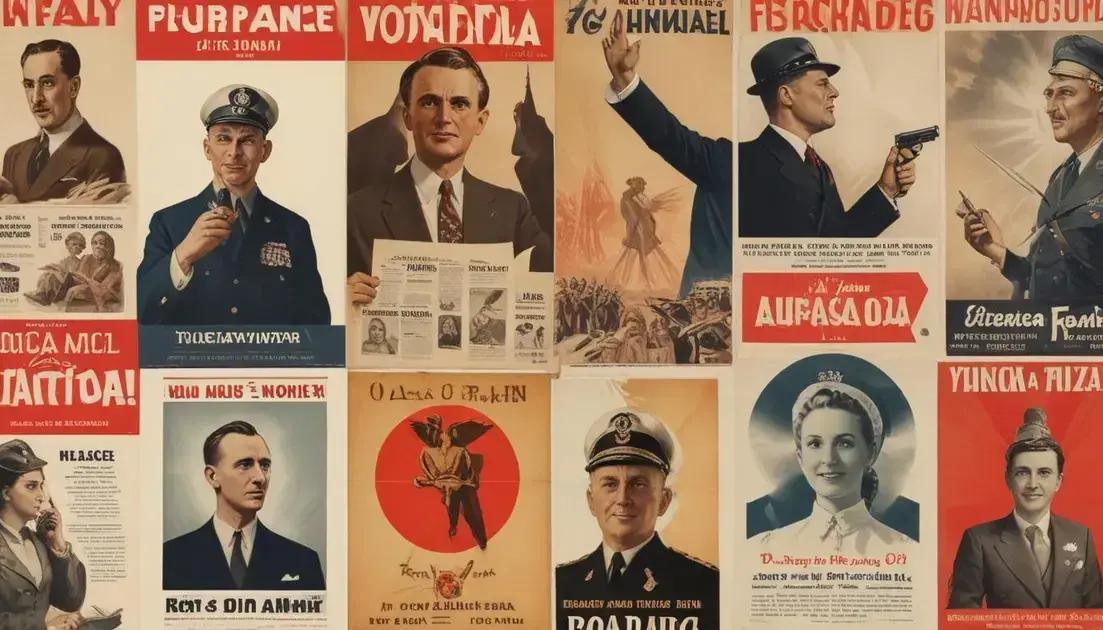
Cold War architecture: concrete, control, and ideology
Cold War architecture, characterized by its use of concrete and bold designs, reflects the political ideologies of its time. Iconic structures like the Berlin Wall and the Palace of the Parliament showcase the lasting impact of this era on modern architecture. These buildings not only demonstrate style but also serve as significant cultural and historical symbols, influencing how we approach urban design today.
Cold War architecture reflects the tension of its time, with buildings symbolizing control and power that resonate even today. Ever wondered how cities became canvases of ideological battles? Let’s dive in!
Understanding Cold War architecture
Understanding Cold War architecture reveals a fascinating blend of style, control, and ideology. This era saw significant changes in how buildings were designed and built. Many structures were created to symbolize power and dominance, reflecting the intense rivalry between superpowers.
During the Cold War, architecture was not just about aesthetics. It served as a form of propaganda. Cities were transformed with large, imposing buildings that conveyed strength. These structures often featured raw, unadorned materials like concrete, emphasizing functionality over decorative elements.
In many cases, architecture was also a direct response to political needs. For instance, governments built monumental structures to display their achievements and promote national pride. These buildings tell stories of hope, fear, and the quest for control over citizens’ lives.
One noticeable trend was the use of brutalist architecture. This style emphasized stark, robust designs that matched the atmosphere of the time. Buildings were often massive, making a bold statement about authority.
Many notable examples can be found worldwide, from the iconic Soviet-style skyscrapers to government complexes in Western nations. Each of these structures carries historical significance, serving as reminders of a divided world.
Understanding Cold War architecture helps us grasp the era’s complexities. It shows us how design choices can influence society and reflect ideological struggles. This legacy continues to shape our built environment today.
Key features: concrete and design
Key features: concrete and design are central to understanding Cold War architecture. Concrete was the primary material used during this time. It symbolizes strength and durability, reflecting the political climate.
This architecture often features bold, geometric shapes. These designs aim to create a sense of power and permanence. Many buildings are large and imposing, making a statement that is hard to ignore.
The use of concrete also allowed for innovative construction methods. Builders could create unique structures that stood out. This was especially important during a time when many nations wanted to showcase their strength.
Design elements often included sharp angles and rough textures. These elements gave buildings an unfinished look, which was a trend in brutalist architecture. Despite this, they conveyed a sense of authority and control.
Some Cold War structures also included functional elements. Wide staircases and large windows were common. These features made buildings feel public and accessible. However, they also served a purpose, promoting surveillance and oversight.
Overall, the combination of concrete and bold design made Cold War architecture unique. Each structure tells a story of its time, representing political power through its very form.
The role of ideology in Cold War buildings
The role of ideology in Cold War buildings was significant in shaping their design and purpose. These structures were often created to reflect the political beliefs and agendas of the time. Each building was more than just a place; it was a statement about identity and power.
During the Cold War, countries aimed to showcase their ideologies through architecture. For example, Soviet buildings often represented communism’s ideals. They were grand and imposing, meant to inspire pride and loyalty among citizens.
In contrast, Western nations often used designs to emphasize freedom and democracy. Their buildings could be more open and inviting. This difference in style highlighted the ideological divide between East and West.
Architects were influenced by the prevailing political climate. Many sought to create buildings that not only served their functions but also communicated messages. This meant that even the smallest design choices were analyzed in terms of their symbolic meaning.
For instance, the use of large, open spaces in some buildings suggested transparency and openness. Meanwhile, fortified structures conveyed a sense of security and strength against perceived threats. These choices created buildings that were deeply intertwined with political messages.
Overall, ideology played a crucial role in shaping Cold War architecture. It’s fascinating how these designs reflect the complex political landscape of the era, revealing much about the values and beliefs of the people who built them.
Case studies of iconic structures
Case studies of iconic structures highlight the impact of Cold War architecture. These buildings tell stories of their time and reveal the political climate. Each structure has its unique features and significance, capturing the essence of the era.
The Berlin Wall is one of the most iconic symbols of the Cold War. Its stark concrete design represented division. After its fall, it became a powerful symbol of unity and change.
Another notable example is the Palace of the Parliament in Bucharest, Romania. This massive building symbolizes the excesses of the communist regime. It is one of the largest administrative buildings in the world, showcasing brutalist architecture.
In the United States, the Kennedy Center in Washington, D.C., stands out. This cultural hub reflects modernist design and serves as a symbol of democracy. It showcases how art can thrive in an open society.
The New National Gallery in Berlin also deserves mention. It features a minimalist design that contrasts sharply with more traditional buildings. This gallery emphasizes transparency and openness, key ideals of the West.
These case studies illustrate the diverse influences of political ideologies on architecture. Each iconic structure offers insights into the values and struggles of the time, making them essential parts of Cold War history.
Lasting impacts on modern architecture
Lasting impacts on modern architecture can be traced back to the Cold War era. The architectural styles and ideas from this time continue to influence designs today. Many features first popularized during the Cold War remain common in modern buildings.
Brutalism is one key style that emerged during this period. It emphasizes raw materials and functional designs. This approach is still seen in many urban buildings around the world.
Additionally, the concept of using architecture as propaganda has persisted. Today, many cities use modern designs to communicate their values and identity. Architects often consider how their work can reflect cultural and political themes.
The use of concrete and steel also became standard in modern construction. These materials offer durability and flexibility, allowing for innovative designs. This trend can be observed in skyscrapers and public buildings globally.
Moreover, Cold War architecture influenced the importance of public spaces. Many buildings now focus on creating areas for community engagement. This shift promotes connections among people, fostering a sense of belonging.
Overall, the impact of Cold War architecture on modern design is significant. The ideas and styles from that time continue to shape how we build and interact with our spaces today.
Conclusion
In conclusion, Cold War architecture played a vital role in shaping our built environment. Structures from this era tell powerful stories about control, ideology, and resilience. They reflect the complex political climate that defined the time and continue to influence modern design.
The impact of styles like brutalism remains evident in today’s cities. We can see how the use of concrete, the focus on public spaces, and architecture as a tool for propaganda shape our surroundings. Understanding these elements helps us appreciate the context behind the buildings we see every day.
As we look to the future, it’s important to remember the lessons from the past. The design choices we make today can foster community, express identity, and reflect our values. Embracing this knowledge allows us to create spaces that not only serve practical purposes but also inspire and connect us as a society.


